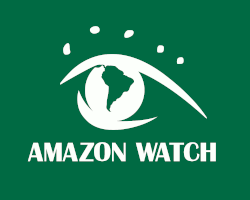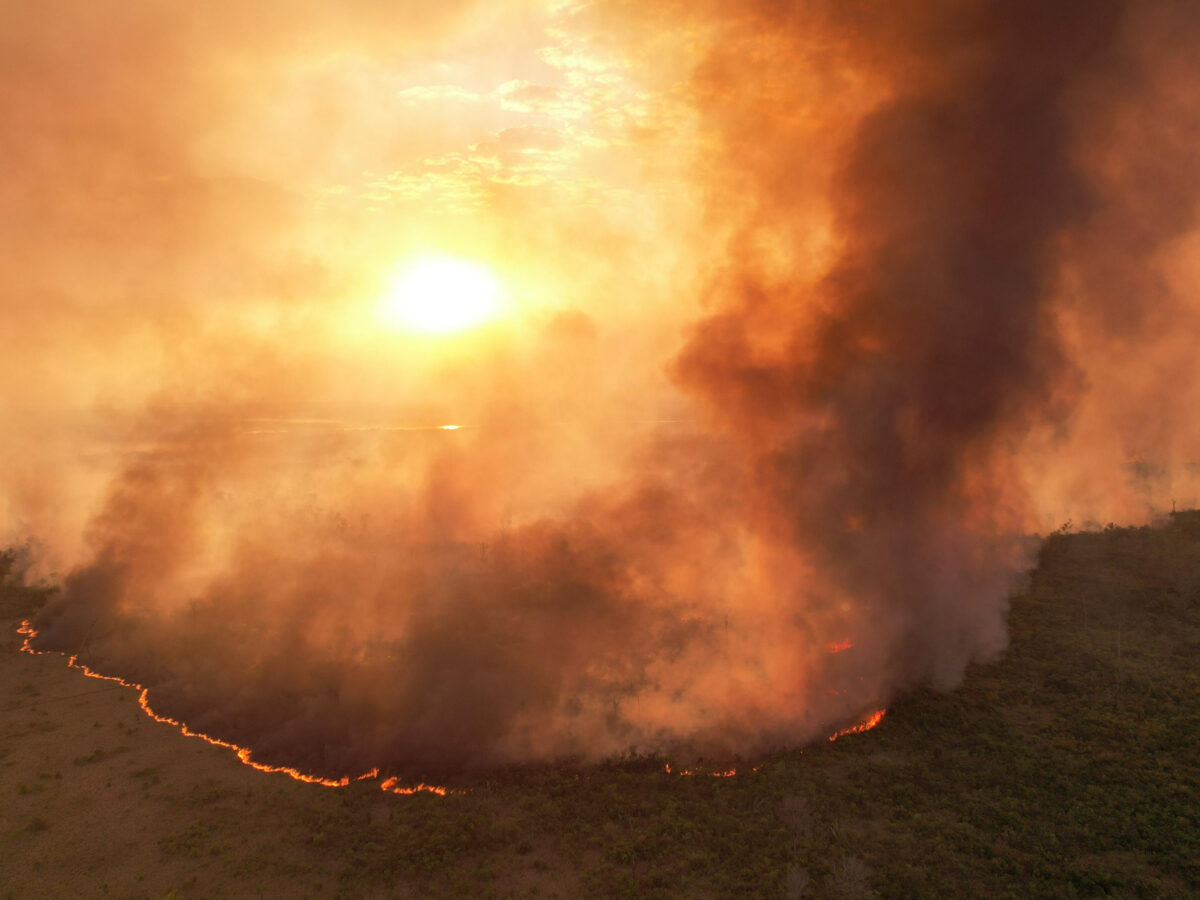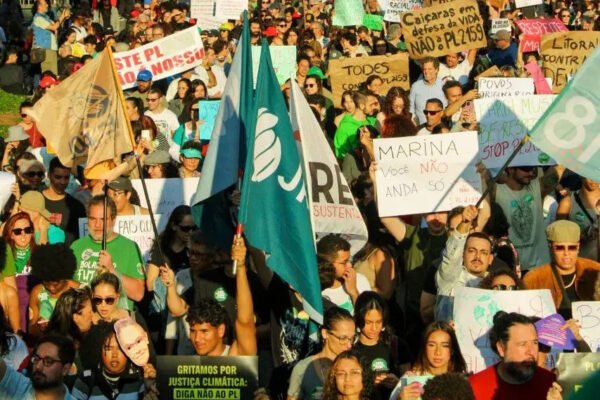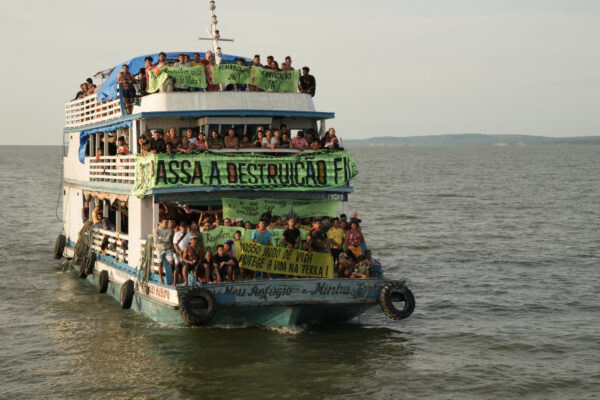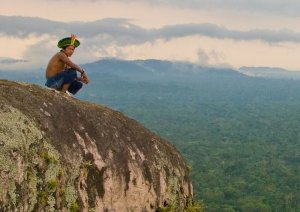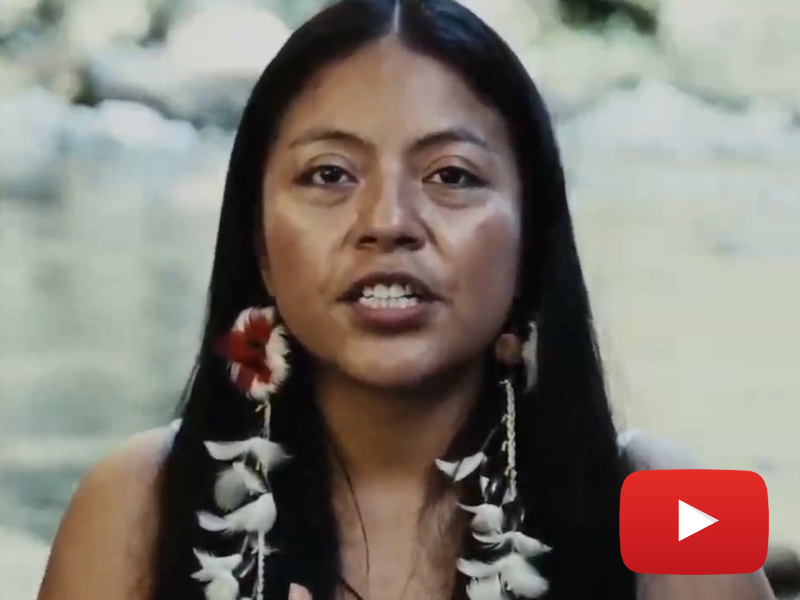“We intend to carry out a new training for brigadiers in the Tapajós-Arapiuns Reserve, so this year we will not be taken by surprise.”
– Lucas Tupinambá, Tapajós-Arapiuns Indigenous Council
Last year, almost 7 million hectares of primary rainforest were burned, marking the first time fires were the leading cause of forest loss in the Amazon. Those blazes – fanned by illegal deforestation, extractive industries, organized crime, and a historic drought driven by the climate crisis – were the worst in history.
This year, the outlook appears different. According to Brazil’s National Institute for Space Research (INPE) and the MapBiomas network, by August 22, 2025, Brazil had recorded 39,740 fire hotspots – a 59% reduction compared to the same period in 2024. In the Amazon, 13,446 hotspots were recorded between January and August, 67% below the historical average of 41,057 for the same period. The burned area between January and July was 1.1 million hectares, 70% less than in the same interval last year, and the lowest level since 2019.
While these numbers suggest progress, the crisis is far from over.
Several factors explain the decline: the fading of El Niño, stronger firefighting brigades, and the enforcement of Brazil’s National Policy for Integrated Fire Management. Longer-lasting rains left rivers fuller and vegetation greener, temporarily reducing the risk of the large-scale blazes that decimated the biome in 2024.
Yet, experts warn against complacency. Projections for December and January remain uncertain, with fears of a resurgence in fire activity. Mato Grosso – historically one of the hardest-hit states – continues to register the highest concentration of fire outbreaks, even if at a lower level than usual.
And beyond the statistics, the scars of 2024 remain raw. In the Tapajós-Arapiuns Extractive Reserve (PA), nearly half the territory burned last year. Today, there are only nine brigades in operation to cover more than 600,000 hectares – far from enough to defend such vast lands. Indigenous and local communities still lack adequate resources to protect their forests. As Lucas Tupinambá explains, brigades are underfunded, specialized equipment is prohibitively expensive, and at least four territories remain without any firefighting teams.
These fires are not natural disasters. They are man-made, driven by deforestation for cattle ranching and monocrops, land grabs, extractive industries, and criminal economies. The climate crisis, through worsening droughts, accelerates these human-made sparks into uncontrollable infernos.
The solution is equally human-made: advancing the rights of Indigenous peoples to their territories. Scientific research confirms that Indigenous-managed lands are the most effective barriers against deforestation and fire. Where Indigenous rights are secured and enforced, forests thrive – and so does our global climate.
This year’s modest reprieve in fire numbers underscores the point: communities themselves are organizing, building brigades, and demanding resources. But they cannot – and should not – be left to shoulder this responsibility alone.
The Amazon rainforest remains at a critical tipping point. Scientists warn that continued destruction could permanently disrupt rainfall patterns across South America and accelerate global climate chaos. Yet today the forest is still an invaluable climate stabilizer and reservoir of biodiversity.
Defending it means defending Indigenous sovereignty. It means holding governments and corporations accountable for fueling deforestation. And it means rejecting the false logic that views the Amazon as expendable in the pursuit of profit.
The fires of 2025 are a reminder: while the scale of destruction may rise or fall each year, the underlying drivers remain. Without action, any relief is temporary.
Everyone has a role to play. Everyone depends on the Amazon.
Amazon Watch continues to advance Indigenous rights and land titling efforts. Our Amazon Defenders Fund directly supports Indigenous-led fire brigades and their essential work to prepare for inevitable future outbreaks.
With growing support from global allies, we can ensure that this year’s fragile reprieve becomes the foundation for lasting protection – and not just a pause before the next inferno.
